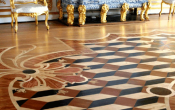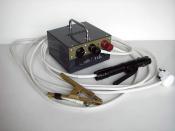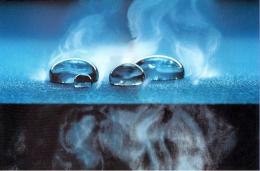Search
Login
We choose the material for vapor barrier of the floor in the house, which material to choose, how to lay it correctly
Building your own home is troublesome and responsible. It is necessary to take into account and foresee everything, it is imperative to observe the technology in the installation of any planes and surfaces, whether it be walls, roof or floor. And all in order to get a durable and comfortable home of your dreams, and not a crumbling and rotting, damp and cold structure.
Not the last place in creating the warmth and comfort of the whole house is played by such an inconspicuous, but important - vapor barrier. And in this article we will talk about what is the vapor barrier of the floor and why it is needed.
Content
- Vapor barrier: what is it?
- Vapor barrier: types video
- Vapor barrier: Do you need a vapor barrier floor video
- Vapor barrier: how to lay a vapor barrier on the floor video
Vapor barrier: what is it?
It is thanks to the vapor barrier in the building and each room that the optimum temperature and humidity conditions are maintained, which prevents the formation of fungus and mold and makes it most comfortable for human habitation and durability, strength of structures.
Therefore, vapor barrier is a mandatory stage in the construction of any low-rise buildings and structures: a country house, a bathhouse, a garage.
Vapor barrier is a comprehensive protection of building structures and insulation of walls, roofs and floors from the effects of steam and condensate, which occurs if the vapor barrier is not carried out or is not made correctly.
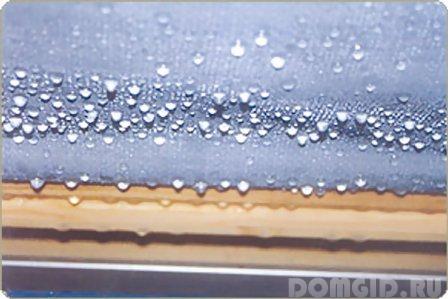
Unlike waterproofing materials, vapor barrier prevents the penetration of only steam, not liquids (water). Therefore, vapor barrier is mounted on the inside of the building surfaces, and waterproofing is on the outside. Although, at the moment, many manufacturers of steam and waterproofing materials produce universal materials used for both steam and waterproofing of structures and structures.
The list of vapor barrier materials themselves is also great: polymer varnishes, roll and sheet materials, vapor barrier films and diffuse membranes used both for roofs, walls, floors. We will consider in more detail the options for vapor barrier materials used to ensure that the vapor barrier of the floor in a wooden house is organized.
Vapor barrier: types
The most optimal materials for organizing vapor barrier floors in a wooden house:
Polyethylene film: the cheapest, affordable, but also the least durable material used as a vapor barrier. If a plastic film is used as a vapor barrier for a wooden floor, then for its proper functioning a ventilation gap is required. They lay the plastic film without observing the sides, they are both the same. The polyethylene film is represented by very diverse types:
- Perforated most often used as a waterproofing layer.
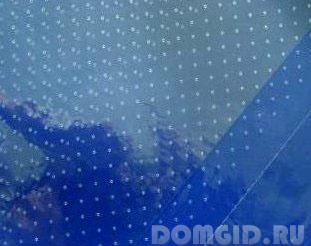
- Not perforatedIt is used as a vapor barrier in wooden houses, but it requires special attention to installation: any gap (and it breaks very easily) will reduce all efforts to organize a vapor barrier to zero.
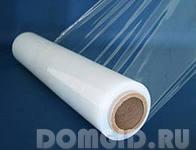
- With foil (aluminum) layer, is used as a vapor barrier material for floors in rooms with high humidity baths.
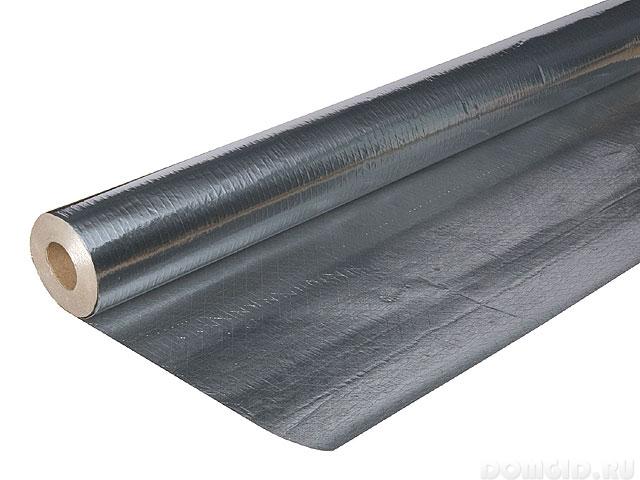
- Reinforced, consists of 2 layers of plastic film, between which there is an additional reinforcing layer (mesh) is used both as a hydro- and vapor barrier of the floor.
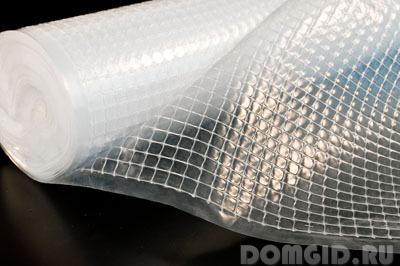
Polypropylene film: easy to install, affordable and durable vapor barrier material. Like plastic film, it requires a ventilation gap when installing the vapor barrier of the floor.
- not reinforced, cheaper and less practical option of vapor barrier, because unreinforced polypropylene film is susceptible to condensation from the insulation side.
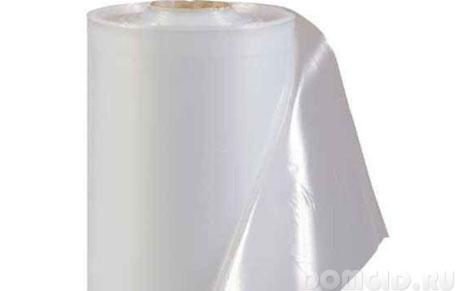
- reinforced, as a reinforcing layer are viscose fibers with cellulose. This layer holds the vapor, preventing it from condensation, followed by gradual drying, without harm to the insulating material. Reinforced polypropylene is laid with the reinforced layer down.
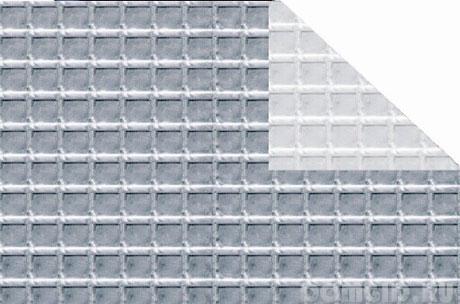
Diffuse membranes: the most expensive and high-quality type of vapor barrier, but, for some reason, the least often used specifically for vapor barrier of wooden floors. The reasons for this are as follows: steam condenses more often under the ceiling (in vapor barrier of ceilings, roofs and attic floors - diffuse membranes - undeniable leaders), i.e., you can save on vapor barrier of the floor, because These breathable materials are worth enough. Although, the practice of construction shows that it is impossible to save on materials!
Installation of diffuse membranes is carried out with a ventilation gap. Diffuse membranes are breathable material: they facilitate the penetration of air, due to which the moisture level in the ventilated gap is regulated, which prevents condensation and destruction of the insulation.
- one waye, the diffuse layer on one side is laid by the diffuse layer to the insulation.
- bilateral.
The most used and positively proven diffuse membranes, used not only for vapor barrier of floors, is vapor barrier of isospan floor.

Vapor barrier: Do you need a vapor barrier floor
Such a variety of vapor barrier materials, with a rather wide variation in price, may raise the question: is it necessary, in general, this vapor barrier of the floor?
It is necessary: \u200b\u200bvapor barrier floor, especially wooden, is required!
Moreover, the situation is often as follows: the walls of the ceilings are insulated and vapor insulated, and on the floors they saved, they only insulated.
But the couple formed in the process of washing floors, cooking, taking a bath, and even breathing needs to go somewhere, so it does not penetrate through walls and ceilings, but through non-insulated floors - to a heater.
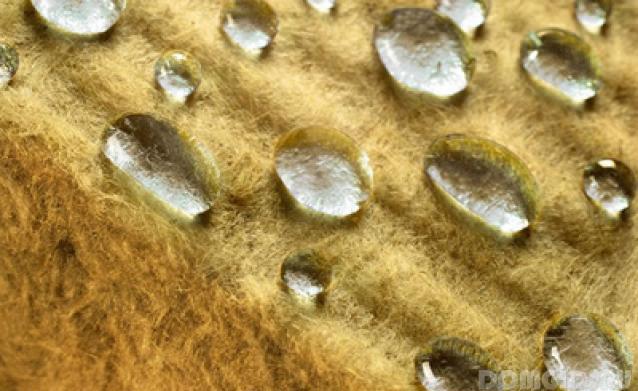
If it is mineral or eco-cotton, then having accumulated moisture from steam, it will lose its heat-insulating properties and become a hotbed of mold and fungus. If you chose polystyrene and its derivatives as a heat insulator, then the heat in the house will remain the same, but dampness will destroy the finishing finish of walls, ceilings and floors, and again, it will give rise to mold and fungus.
Therefore, the vapor barrier of the floor should be, and it should be the correct vapor barrier of the floor: integral, laid with the correct layer to the insulation, with a ventilation gap.
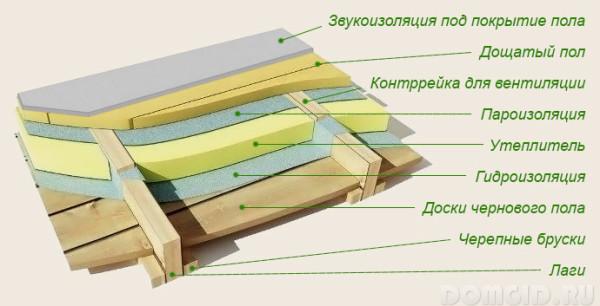
Otherwise, we risk getting such problems here, in the form of accumulated condensate and affected by fungus and mold, decayed logs and floors in our home.
Vapor barrier: how to lay a vapor barrier on the floor
Laying vapor barrier on the floor is one of the mandatory stages of floor insulation:
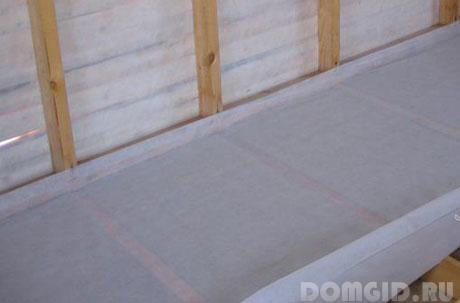
Simple and quick steps to install a vapor barrier on the floor will make your home comfortable and durable.

